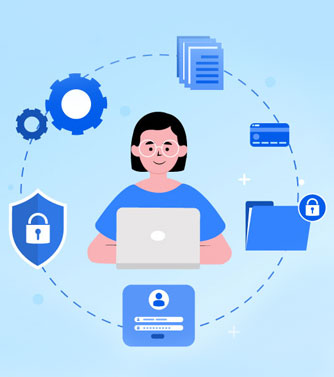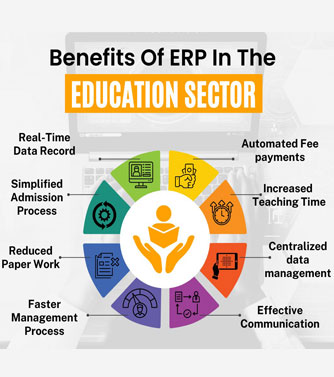Our smart school software management system is designed to cater to the specific needs of educational institutions, offering a wide range of modules to address various administrative and academic requirements.

Objectives:
The primary objectives of implementing the school software management system are as follows:
a) Automate Administrative Tasks: Reduce manual paperwork and automate routine administrative tasks such as student enrollment, attendance management, grading, scheduling, and report generation.
b) Improve Communication: Facilitate seamless communication between teachers, students, parents, and administrators through features like messaging, notifications, and online portals, ensuring timely and effective information sharing.
c) Enhance Academic Performance: Enable teachers to efficiently manage curriculum planning, lesson delivery, and student progress tracking, fostering a conducive learning environment and promoting academic excellence.
d) Simplify Data Management: Create a centralized database to store and manage student records, attendance, grades, financial information, and other essential data, ensuring easy access, accuracy, and data security.
e) Streamline Financial Operations: Streamline fee collection, invoicing, and financial reporting
processes, providing administrators with real-time insights into the school’s financial health.
Key Features:

b) Attendance Management: Track student attendance automatically, generate reports, and notify parents in real-time in case of absences or tardiness.
c) Grade book and Reporting: Enable teachers to record and analyze student grades, generate a report card, and provide progress reports to parents.
d) Timetable and Scheduling: Create and manage class schedules, assign teachers and classrooms, and provide students and parents with easy access to their timetables.
e) Communication and Collaboration: Offer secure messaging platforms, online portals, and email notifications to facilitate communication between teachers, parents, and administrators.
f) Library Management: Streamline library operations, including cataloging books, tracking loans, managing reservations, and generating overdue notifications.
g) Financial Management: Simplify fee collection, automate invoicing, and generate financial reports, ensuring transparency and accountability in financial operations.
h) Human Resource Management: Streamline HR processes, including employee attendance, leave management, payroll, and performance evaluations.
i) Data Security and Privacy: Implement robust security measures to protect sensitive data and ensure compliance with data protection regulations.
For exploring our software kindly
Implementation Plan:

a) Needs Assessment: Conduct a detailed analysis of the school’s requirements and existing processes to identify specific software modules and customization options.
b) Software Customization: Customize the software solution to align with the school’s unique requirements, including branding, workflows, and integration with existing systems if applicable.
c) Data Migration: Transfer existing data from legacy systems to the new software, ensuring data integrity and accuracy throughout the process.
d) Training and Support: Provide comprehensive training to school staff on software usage, administration, and maintenance. Additionally, offer ongoing technical support and regular software updates.
e) Testing and Deployment: Conduct rigorous testing of the software solution to ensure functionality and resolve any issues. Once tested, deploy the software across the school and monitor its performance.



